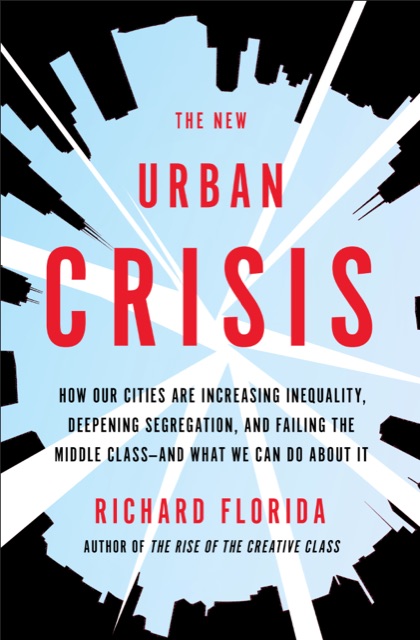An article of faith among urban planners is that people–especially Millennials and empty nesters–want to move to city centers. This belief is used to justify upzoning, subsidies to dense downtown housing developments, and restrictions on developments at the urban fringe.
Yet the Antiplanner’s faithful ally, demographer Wendell Cox, has repeatedly debunked this claim. His latest report shows that, not only are city centers not growing particularly fast, exurban populations–people with urban occupations living in essentially rural areas–are growing much faster and now outnumber city center populations by 3 million people.
Cox’s numbers might differ a little from other people’s because he doesn’t use political boundaries to distinguish cities from their suburbs. Instead, he relies on what he calls the “city sector model” that classifies land according to its history. Downtown is the really dense urban core (basically, the part with skyscrapers). The rest of the “city” is the area built before World War II. Areas built between 1945 and 1980 are the first-ring suburbs, while areas built after 1980 are the outer-ring suburbs. Populations in metropolitan areas outside the urbanized area (the area with more than 1,000 people per square mile) are exurbanites. Continue reading










